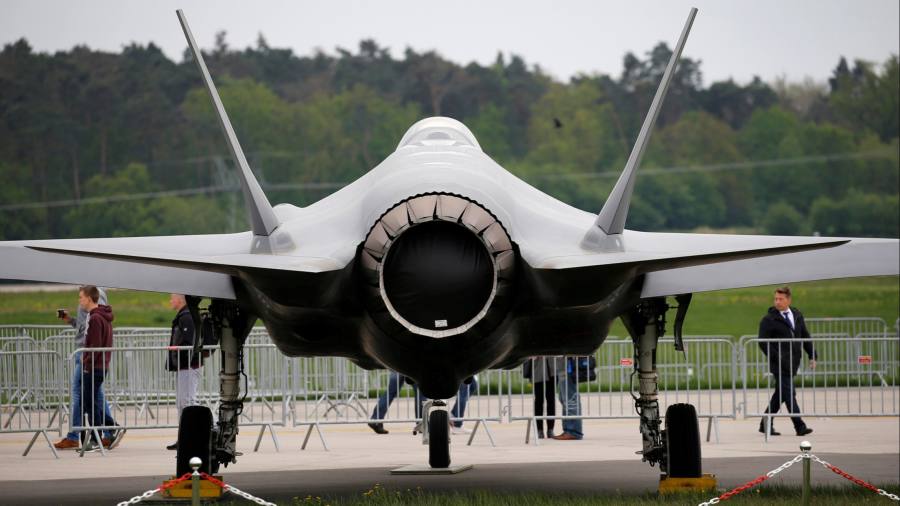
When Germany upped its defence budget following the war in the Ukraine, its first big decision was to buy F35 fighter jets from the US. That raised fears that a chunk of Europe’s new wave of defence spending would be invested in US off-the-shelf kit, rather than the retooling of its fragmented domestic defence industry. Reports that the next phase of the Franco German Future Combat Air System (FCAS) programme, led by Airbus and Dassault Aviation, is set to get the green light should put some of those fears to rest.
FCAS has struggled. Other military collaboration programmes have had mixed fortunes. Eurofighter’s Typhoon jet, produced by a group which includes Britain’s BAE Systems, has had its share of hiccups. Every country has their own supply ecosystem it would like to use. The real battles are over maintaining domestic workforces and controlling the technology used.
The risks involve cost overruns but also a lack of scale. There are other jet fighter programmes in Europe already, including Tempest the Anglo-Italian rival. But pooling resources is useful in the face of the US behemoth, where military spending topped $800bn in 2021. Lockheed Martin’s market value at $122bn is not so far from combination of Airbus, Dassault, BAE and Italy’s Leonardo. Indeed, in an ideal world it would be logical for FCAS to link up with Tempest.
If FCAS does get off the ground, that should benefit Airbus and Dassault. FCAS will not contribute to profits or cash flows anytime soon. But a next-generation project adds longevity to the business models of both companies. At the margin, this should support valuations. Dassault’s enterprise value is 9.4 times next year’s ebitda, on S&P Global estimates. Airbus’s is 8.9 times, albeit it is not purely a defence stock. Both at are a steep discount to US rival Lockheed Martin on 13.2.
At a minimum, reviving FCAS also suggests that — amid a spate of disagreements — the Franco-German alliance still holds. With a conflict on Europe’s borders and looming energy and economic crises, that alliance offers some reassurance.
Our popular newsletter for premium subscribers is published twice weekly. On Wednesday we analyse a hot topic from a world financial centre. On Friday we dissect the week’s big themes. Please sign up here.